WSC on H.R. 1696, the “Ocean Shipping Antitrust Enforcement Act”: Why do away with regulation that benefits shippers, ports, consumers, and supply chain workers?
Washington, 27 March 2023 – The Shipping Act establishes rules that provide legal certainty to ocean carriers to share space on ships while ensuring competitive markets. Being able to share space on ships allows more carriers to provide more services more efficiently to more ports than carriers could provide individually. That is good for shippers, ports, consumers, and all of the workers that keep the global supply network running. H.R. 1696 would remove that system and undermine competitiveness and choice for liner shipping services.
“Nobody has offered a reason why we should throw away such a useful tool as vessel sharing arrangements (VSAs), and I think some of the rhetoric comes from a misunderstanding about how VSAs help the supply chain work better. We look forward to working with the bill’s sponsors to better understand their policy objectives. A similar bill was introduced in the last Congress, but did not gather significant support,” says John Butler, President & CEO of the WSC.
Vessel sharing: the facts
VSAs are purely operational agreements that enable carriers to share space on one another’s ships. This way, carriers can ensure that vessels sail as full as possible, minimizing the cost of transport. At the same time, vessel sharing allows more carriers to compete on a route, offering more frequent sailings and serving more ports. From a customer perspective, this means lower costs and better service, as well as reduced transport emissions.
Each member of a VSA determines its own commercial terms, including prices. Therefore, carriers within a VSA compete with each other, and with other carriers outside of that VSA, when selling their services to customers. Carriers also offer services outside of the VSAs in which they participate.
Good policy depends on following the facts, and we are happy to correct some of the inaccurate claims surrounding the introduction of the bill:
Liner shipping is a hotly contested market. The Federal Maritime Commission in its Fact Funding 29 Report last May found that “the individual ocean carriers within each alliance continue to compete on pricing and marketing independently and vigorously”, and that “[t]he transpacific is a highly contestable market.”
The liner shipping industry is competitive by any definition. There are no carriers with a capacity share above 20%, only three carriers with capacity shares higher than 10%, and only seven with capacity shares above 5% globally. Learn more.
During the pandemic, inland congestion reduced available ocean capacity by preventing ships from making port. Together with surging U.S. consumer demand this drove up rates. Today, as high import volumes and inland congestion have faded, freight rates have fallen back to pre-pandemic levels. Reliability is also returning to normal. The market is competitive and working as it should. Learn more.
While consumer prices globally more than doubled from 1998 to 2019 due to inflation, freight rates de facto decreased by 60 percent, acting as a deflationary factor. As container shipping rates are decreasing, they are resuming the deflationary role they have played over the past 25 years. Just last week, FMC Chairman Maffei testified before Congress that: “If anything, ocean shipping is now exerting downward pressure on price inflation.” Learn more.
Ocean carriers support U.S. agriculture, helping worldwide exports of U.S. products including soybeans, corn, beef, pork, and dairy, reach all-time highs during the pandemic. According to the U.S. Department of Agriculture (USDA), the U.S. agriculture sector exports in FY 2022 reached a new record, up $24.7 billion from the previous FY 2021 record of $172.2 billion (which was a 23% increase from FY 2020).
Learn more about managing congestion in the global supply network
